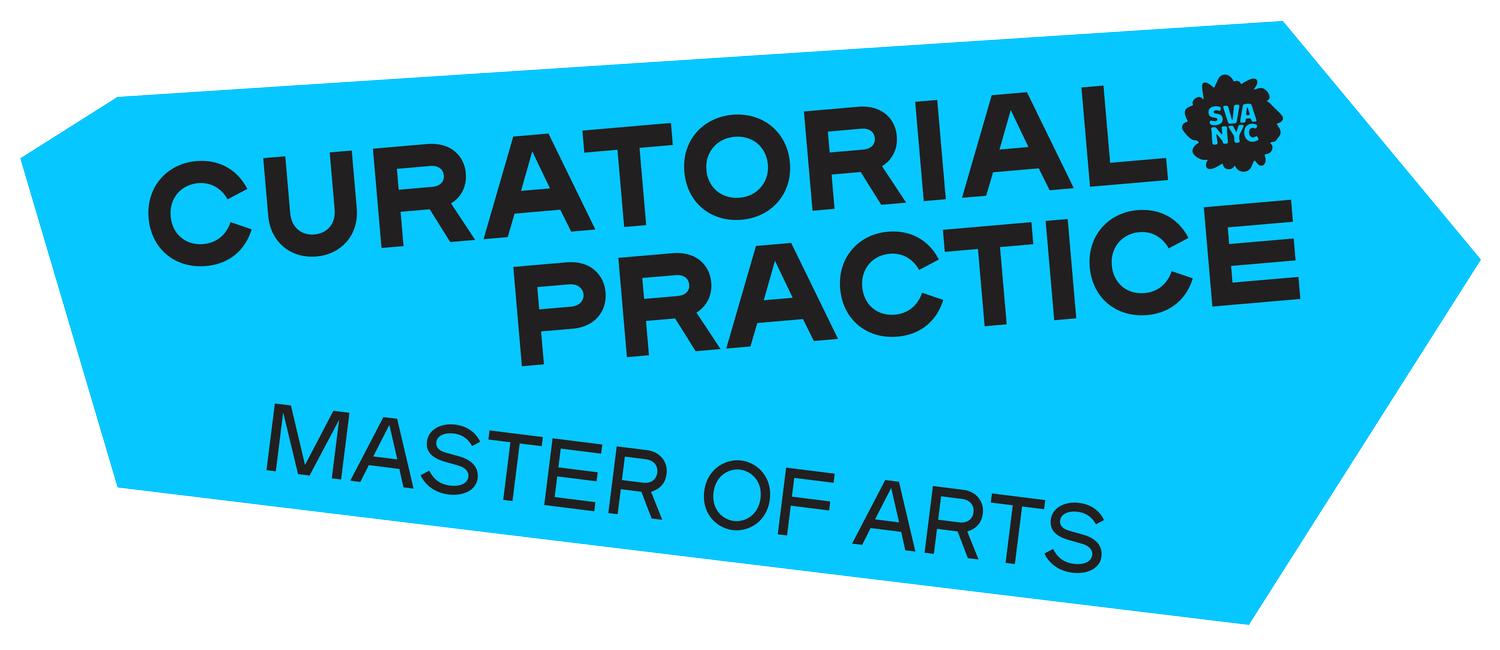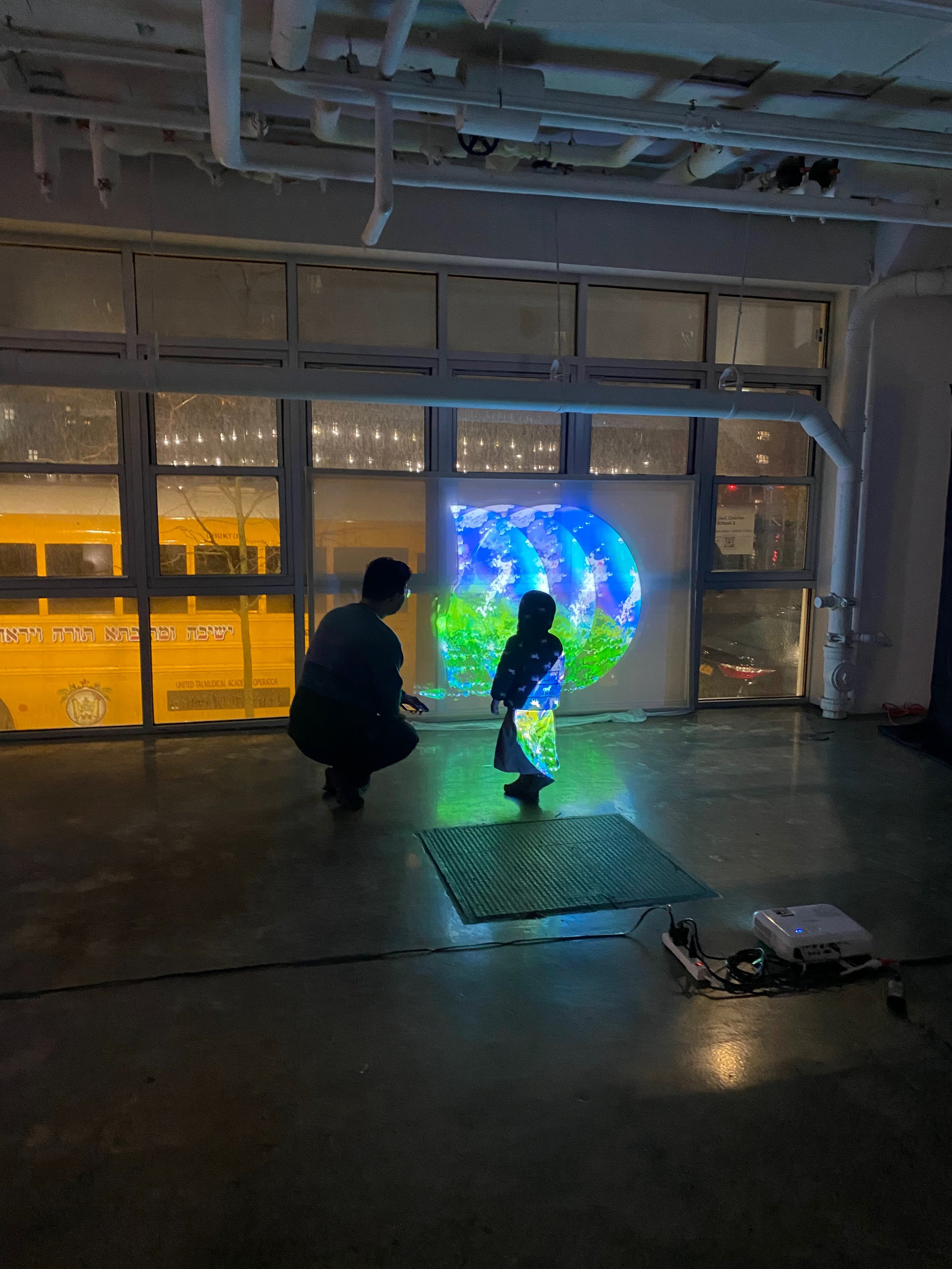(Be) Social Actors
Curated by Zezhou Wang
Artists: Uli Aschenborn, Michael Collier, Harry Grossman and Burton L. King, William Heise, Hubertl, Humus Glitch, Steve Jurvetson, Zh Mironov, Dietmar Rabich, Giovanni Ussi
November 11 - 17, 2022
“The public domain would be a place like home, where, when you go there, they have to take you in and let you dance.”
—David Lange
(Be) Social Actors is an exhibition about the public domain—a space everyone can cultivate equally and freely. Critics of the concept suggest that, in comparison to privately owned property, equally and independently governed resources will always be underutilized or overused—the “tragedy of the commons.” In the domain of ideas and intellectual property, copyright is the primary way of limiting access and incentivizing market-driven creativity. Yet many artists, authors and musicians still dedicate their work to the public domain by waiving some or all proprietary copyright through Creative Commons licenses.
(Be) Social Actors is an exhibition of works taken completely from the public domain, which together reflect upon the public domain as a radical alternative to antiquated norms of artistic authorship in contemporary art. In doing so, the exhibition invites viewers to take an imaginative leap by projecting one’s perspective speculatively beyond the limits of current human society to understand the works as having been generated by an AI civilization—perhaps one that already exists in the cryptocurrency mining farms and preemptive voice assistants of our contemporary world. This utopian AI civilization would also be free of our limits placed on physical and intellectual property, with no copyright for digital goods, but also no social background that could limit or make redundant its movements within the public domain.
The porcelain box documented by Hubertl is a strikingly contemporary work of art, its hybrid use of basic visual elements robots, buildings, sculptures and other judgments for the form of the box. Uli Aschenborn’s Morphing Sculpture points to its artistic expression. From a human point of view, Dietmar Rabich’s micro-photographs of the modern city composed of screws and nuts is about some of our fantasies about the future in the early years. The Zh Mironov image of a cluttered city is inspired by hanging keys, a bizarre scene created by reverse logic. In another work, Mironov’s clumsy robot suggests that humanization is an iconic way of imaging an AI body. Humus Glitch abstracts the body into a spatial concept. The computer components stitched together into a super head in Steve Jurvetson’s photos combines the physical features of the human body and the massive computing power of AI, suggesting that we are imagining AI as a copy of ourselves. In a series of works created with AI software, Giovanni Ussi sees the movement of celestial bodies, the world reflected in foam, the world in a lens, or a simple and beautiful dream.




